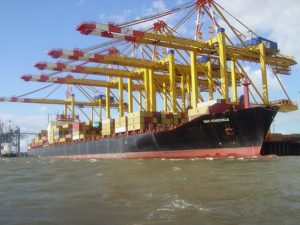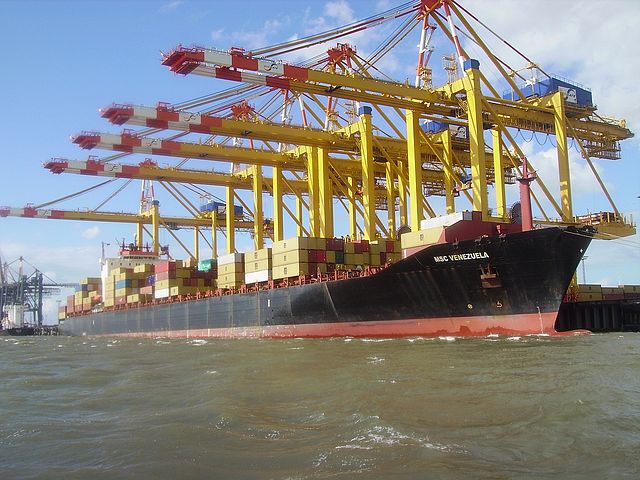 Shipping spot rates have achieved large increases in recent weeks, particularly in the Asia-Europe trade, but they still have a long way to go to reach previous levels, says Drewry.
Shipping spot rates have achieved large increases in recent weeks, particularly in the Asia-Europe trade, but they still have a long way to go to reach previous levels, says Drewry.
In a new analysis, the maritime consultant said that while trends in spot rates on the major container lanes have been much more positive for carriers since April, “such was the depths that spot rates fell to that any talk of recovery is premature.”
Drewry opined that the rate improvement owes to the easing up of the price undercutting waged among carriers.
Citing data from first-quarter 2016 carrier financial reports, it said there was an intense rate war between the major carriers during the period that led to all of them suffering severe freight rate decreases.
Maersk Line led with a 26% drop in revenue per twenty-foot equivalent unit (TEU) that contributed to a 7% gain in volumes. Other carriers that followed suit, such as APL, Hanjin, and K Line, weren’t even compensated with larger volumes for their rate discounts, said Drewry.
“The predatory commercial strategies of the first quarter meant the rate decreases were more severe than they might otherwise have been,” according to Drewry research.
Following the heavy depreciation of spot rates in the first quarter, Drewry observed that carriers appeared to have called off the market share-driven rate war for now, with Asia-Europe freight rates trending upwards since April, while trans-Pacific rates have stabilized.
Ahead of the third-quarter peak season, carriers have announced some capacity reductions on both lanes to give a push to their next general rate increases, some of which are requesting as much as another US$1,500 per TEU.
But the research service believes the desired rates are beyond reach, and that the hikes “will probably land somewhere in between if recent history is a guide.”
So far this year spot rates on the Shanghai to Rotterdam benchmark from the World Container Index (WCI) have had three weeks of big increases of around $850 per 40-foot container at the start of January, May and June, only to see rates fall away immediately after.
There is a long way to go before a true recovery in spot freight rates is seen, Drewry stated. As of June 9, the year-to-date average of the head-haul WCI rates to Europe and the U.S. are down by as much as 40% compared with full-year 2015 averages. The rate of depreciation is even steeper compared with 2014, which represents the high watermark for spot rates in the last five years.
“Spot rates should be more stable through the rest of the year if carriers have truly ended their rate war, but market fundamental will make it hard to sustain large increases. We expect average rates in 2016 to be lower than last year,” Drewry predicted.
In the contract market, meanwhile, contract shippers have benefited from the happenings in the spot market with a 29% discount in the year to May, according to Drewry’s Benchmarking Club, a closed user group of multinational retailers and manufacturers in the trans-Pacific and Asia-Europe markets.
Photo: Garitzko





